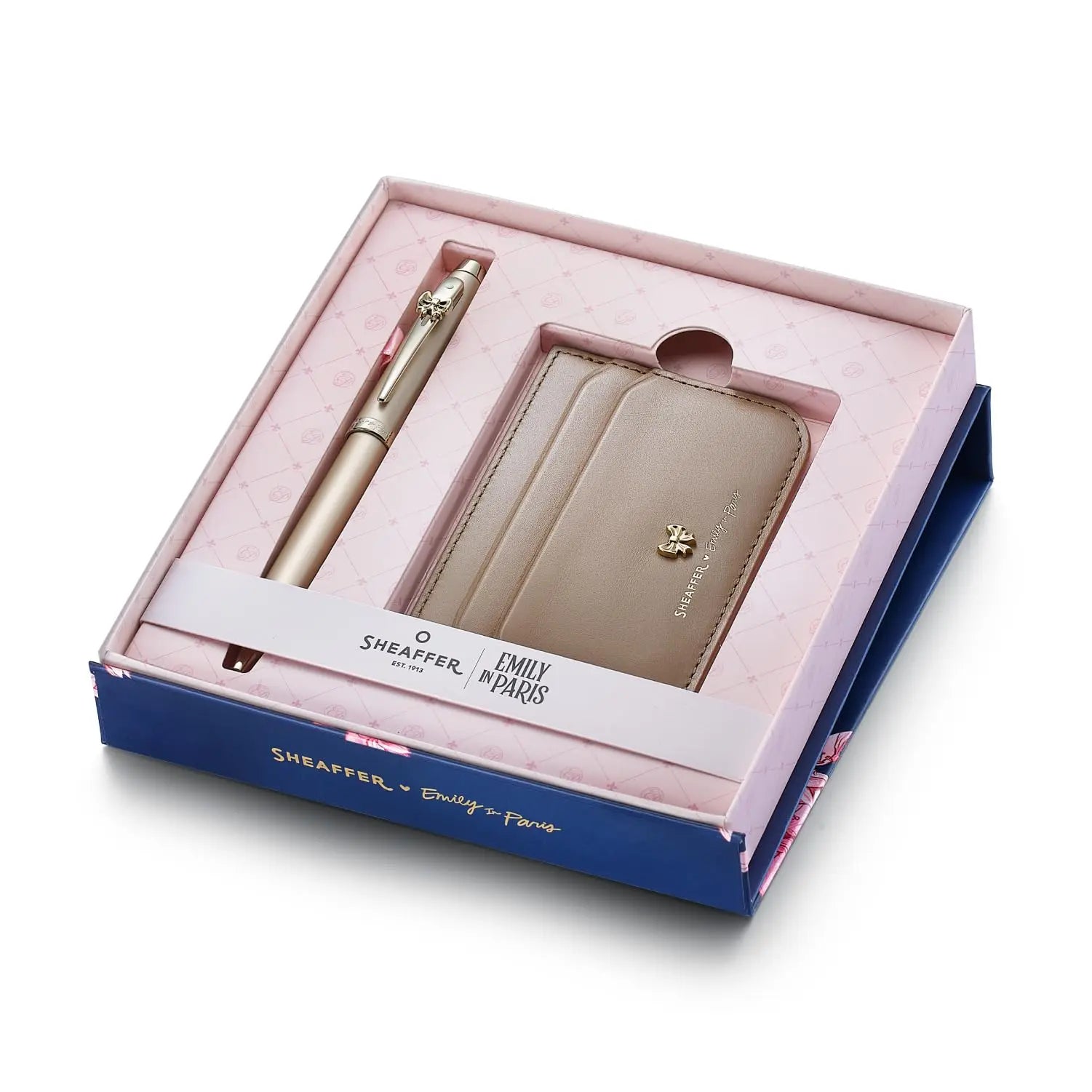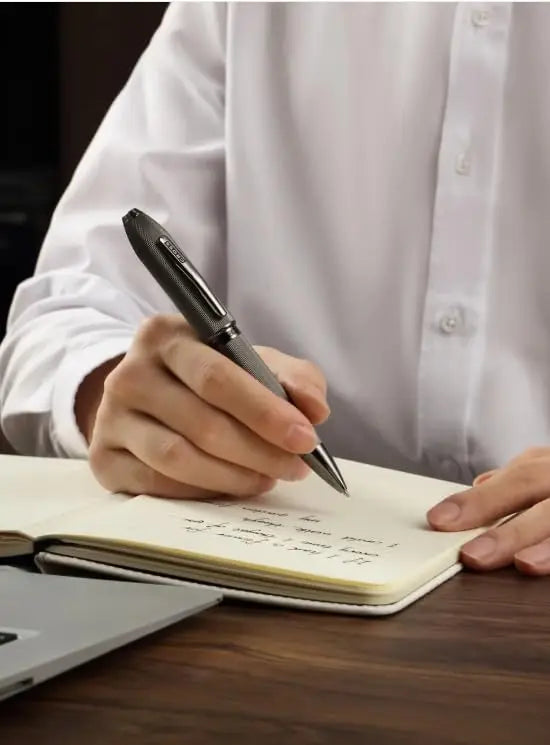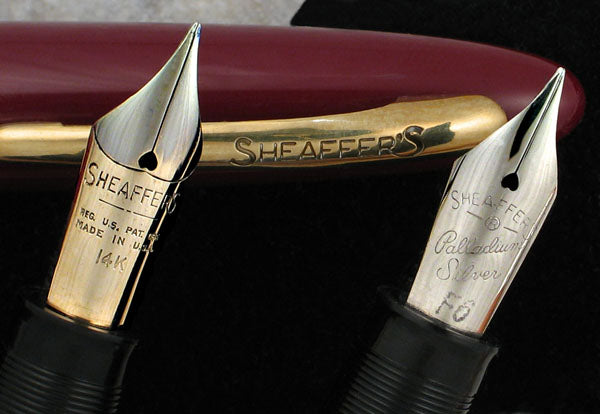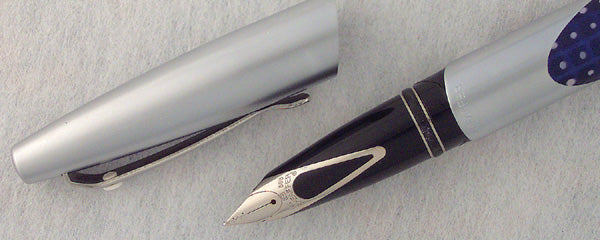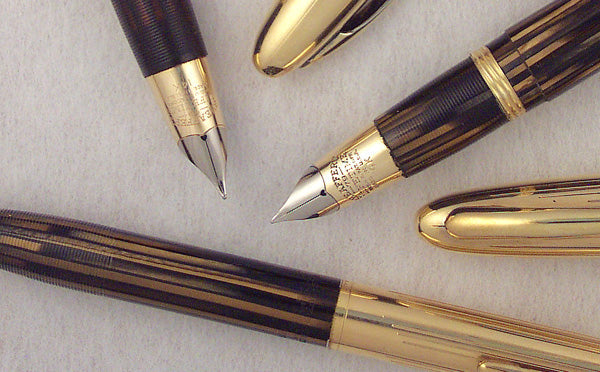In the world of fountain pens, few names evoke the same sense of reverence and admiration as Sheaffer. Renowned for their innovation, craftsmanship, and timeless design, Sheaffer pens have been cherished by writers, collectors, and enthusiasts for over a century. Among the many innovations that have cemented Sheaffer's legacy as a leader in the industry, one of the most intriguing is the Snorkel filling system—a marvel of engineering that revolutionized the way fountain pens were filled.
Introduced in 1952, the Sheaffer Snorkel was a triumph of design and ingenuity—a filling system that allowed users to refill their pens with ink without the need for messy eyedroppers or cartridges. But perhaps even more intriguing than the Snorkel itself are the mysterious codes stamped on the nibs of pens produced during this era. These codes, known as Snorkel era nib codes, have long been the subject of fascination and speculation among pen enthusiasts, who have sought to unravel their hidden meanings and unlock the secrets of Sheaffer's past.
Origins and Evolution of Snorkel Era Nib Codes
The origins of Snorkel era nib codes can be traced back to Sheaffer's desire to streamline its manufacturing process and ensure consistency in the quality of its products. In an effort to achieve these goals, Sheaffer implemented a system of coding to designate the various characteristics of each nib, including its size, shape, and flexibility.
The earliest Snorkel era nib codes were relatively simple, consisting of a single letter followed by a number. The letter indicated the size of the nib, with "F" representing a fine nib, "M" representing a medium nib, and "B" representing a broad nib. The number indicated the flexibility of the nib, with lower numbers indicating a stiffer nib and higher numbers indicating a more flexible nib.
As Sheaffer's manufacturing processes became more sophisticated and its product lineup expanded, the complexity of the nib codes increased. Additional letters and numbers were added to denote special features such as gold content, tipping material, and manufacturing location. By the late 1950s, Snorkel era nib codes had evolved into a complex system of alphanumeric characters that provided a wealth of information about each nib's specifications.
Deciphering Snorkel Era Nib Codes
Deciphering Snorkel era nib codes is no easy task, requiring a combination of historical research, careful observation, and a bit of detective work. Fortunately, there are several resources available to help enthusiasts unravel the mysteries of Sheaffer's past, including vintage catalogs, advertisements, and collector's guides.
One of the most valuable resources for understanding Snorkel era nib codes is the Sheaffer "Nib Code Guide," a comprehensive reference manual that provides detailed information about the various codes used by the company during this era. By consulting this guide, collectors can learn how to decode the markings on their pens and gain insight into their origins, specifications, and rarity.
In addition to the Nib Code Guide, collectors can also glean valuable information from vintage advertisements and catalogs, which often include detailed descriptions of Sheaffer's pens and their features. By comparing the information found in these sources with the markings on their pens, collectors can gain a deeper understanding of their pens' history and provenance.
Variations and Anomalies
While Snorkel era nib codes generally follow a standardized format, there are occasional variations and anomalies that can confound even the most seasoned collectors. These variations may be the result of changes in manufacturing processes, inconsistencies in quality control, or simply the passage of time.
One of the most common variations found in Snorkel era nib codes is the use of non-standard lettering or numbering. This can make it difficult to determine the exact specifications of a particular nib, as the markings may not conform to the standard conventions established by Sheaffer.
Another common anomaly found in Snorkel era nib codes is the presence of additional markings or symbols that do not appear in the standard code guide. These markings may be the result of customizations made by the original owner or modifications performed by a third party after the pen left the factory.
Conclusion: Unraveling the Mysteries of Sheaffer Snorkel Era Nib Codes
In conclusion, the Sheaffer Snorkel era represents a fascinating chapter in the history of fountain pens—one marked by innovation, ingenuity, and a relentless pursuit of excellence. While the Snorkel filling system may have been the star of the show, it is the mysterious nib codes stamped on the pens of this era that continue to captivate collectors and enthusiasts to this day.
By delving into the rich history of Sheaffer's past and deciphering the hidden meanings of Snorkel era nib codes, collectors can gain a deeper appreciation for these iconic writing instruments and the craftsmanship that went into their creation. Whether seeking to uncover the secrets of a rare vintage pen or simply marveling at the ingenuity of Sheaffer's design engineers, there is no denying the allure of the Snorkel era and the mysteries it holds.
